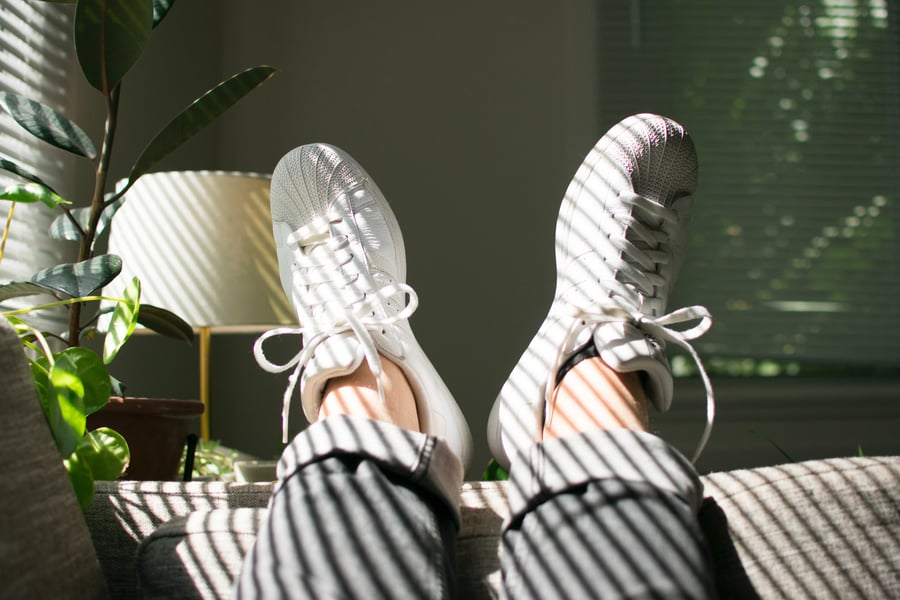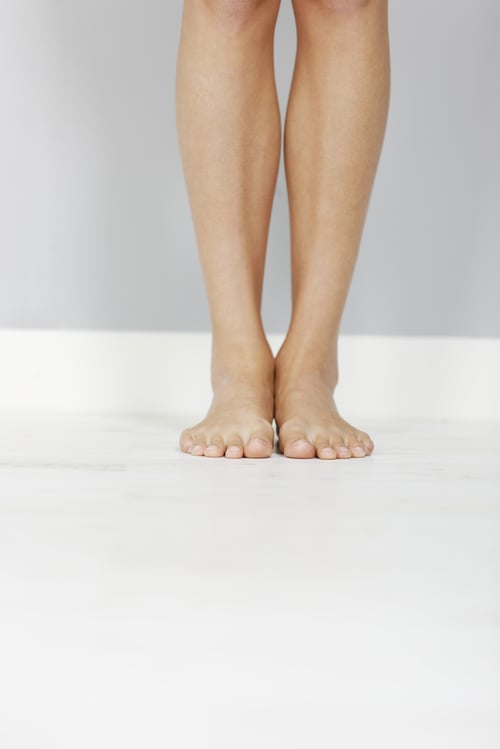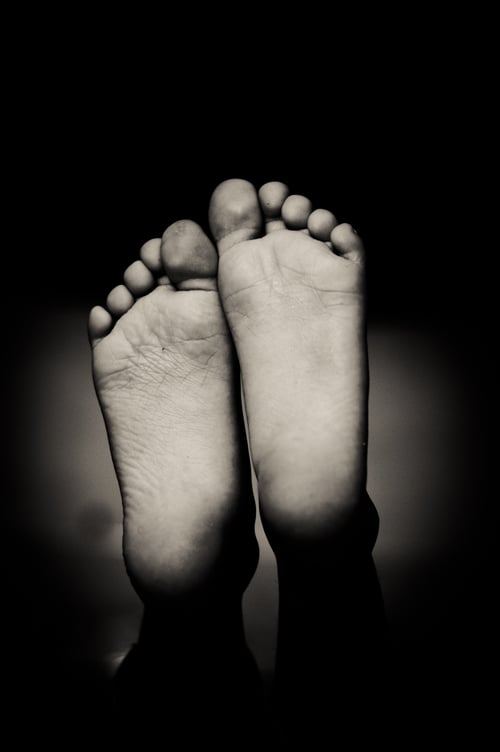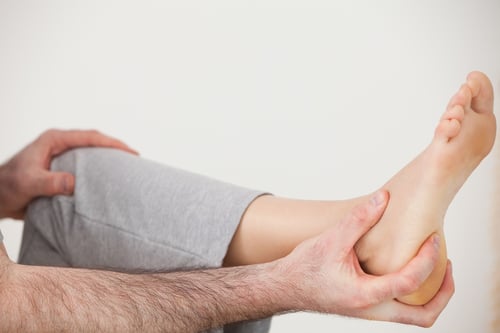
Though common, swollen feet and ankles can certainly be uncomfortable for those who experience it.
The bad news is that there are plenty of reasons why feet and ankles may swell, whether it’s from pregnancy, a physical injury, ill-fitting footwear, an infection or even lifestyle preferences. The good news is that there are plenty of ways to treat this issue. We’ll get into that, but first, let’s take a look at what happens when your feet and ankles swell.
What Happens When My Feet and Ankles Swell?
When your feet or ankles swell, it’s because you’re retaining fluid in the lower extremities of your body. And while it can happen in just one ankle or one foot, it most commonly occurs on both sides of your body. Swollen feet or ankles often compress nerves, which can lead to pain and discomfort. As we said, the good news is that there are ways to get the swelling down and relieve this discomfort.
How to Relieve Swelling in Ankles and Feet
How do you relieve swelling in your ankles or feet? Here’s a look at some simple things you can do to get a quick fix:
-
Wear compression socks: These work to help improve blood circulation, which can prevent any liquid from pooling in your lower extremities. Compression Socks are easy to find and come in different sizes, styles and weights.
-
Elevate your legs: If you have just spent a long day on your feet and you’re noticing swelling, take a break and elevate your legs. Lay on a couch or in your bed and make sure your legs are elevated above your heart. This should help fluid drain from your lower body. Let gravity do the work for you.
Still regularly experiencing swollen feet and ankles? Chances are you need to do more than just look for a quick fix. Here’s a look at some bigger picture strategies for reducing chronic swelling:
-
Consume more magnesium: Chronic swelling is often a sign of a lack of magnesium. By incorporating more magnesium-rich foods into your diet - i.e., nuts, grains, beans, greens, etc. – you’re likely to help resolve the problem. Taking magnesium supplements is another option.
-
Stay hydrated: It’s suggested that you consume eight, 8-ounce glasses of water per day. In addition to its health benefits, water can also help flush excess sodium and other contaminants from your body that may lead to swelling.
-
Become active: Sometimes lifestyle habits are to blame for swollen feet and ankles. One habit that commonly leads to such issues is inactivity. Simply becoming active and exercising more can make a world of difference. Even converting your desk from a sit-down model to a stand-up can make a difference.
Contact Sweeney Foot and Ankle Specialists
If you’ve tried many of the remedies that we’ve mentioned above and are still regularly experiencing swollen feet and ankles, we suggest seeing a specialist. This is especially true if you’re experiencing intense pain, blistering or redness. Our experts at Sweeney Foot and Ankle Specialists can help. As experienced professionals, we’ll properly diagnose your issue and help you get back to feeling 100 percent. Contact us today for more information.






